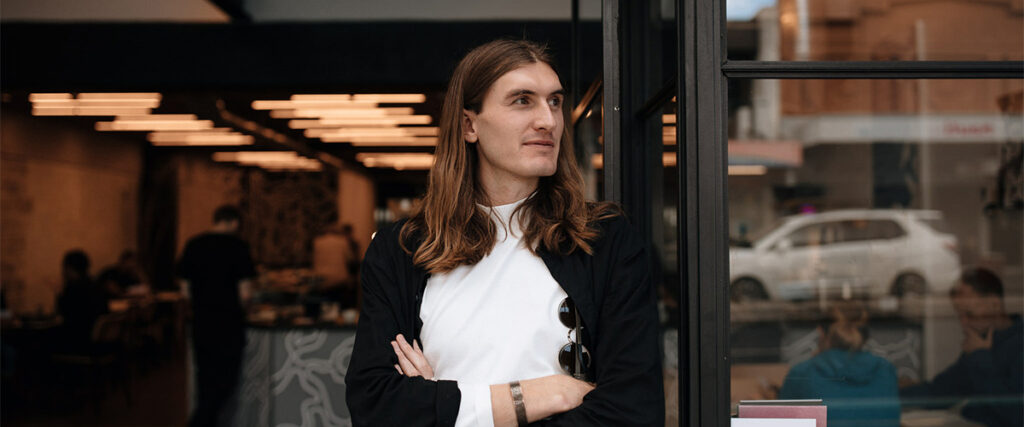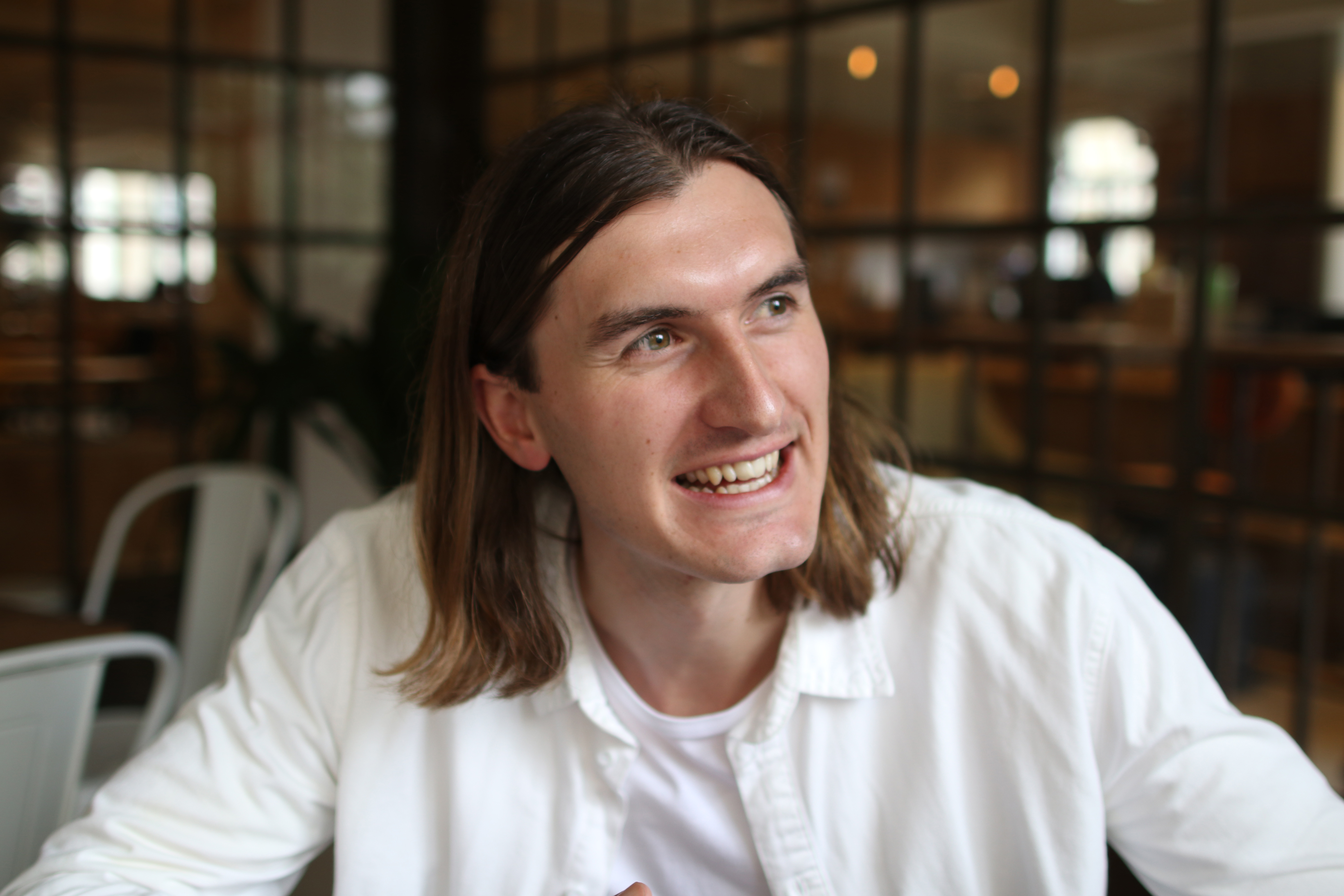Designer Daniel Kamp, founder of award-winning design house based between Auckland and Hong Kong, discusses his transformation from skater kid to experimental designer.
“Good design is all about challenging the norm and proposing alternatives,” says Daniel Kamp, the founder of Kamp.studio, an experimental design house that uses 3D printing techniques to create sculptural products including jewellery, lighting and furniture. Known for taking that technology and blending it with tradition in his quest for alternatives, his is an approach that blends the very new and the old with boundary pushing results.
Hailing from New Zealand’s mountainous North Island, and with a history as a ‘punk kid, who just cared about skating and snowboarding’, Daniel Kamp didn’t necessarily set out to be a leading light in new design technologies. A self-declared free spirit, he blew where the wind took him during his younger years back home, “this is one of the things I like about New Zealand – the people, the culture, and the opportunities that come along with this,” he explains. Which is how he found himself following his brother into a degree in industrial design at the Victoria University of Wellington. It was there that his new incarnation as someone keen to push the boundaries began. “I learnt how to think critically, to challenge the way things are, and to propose alternatives.”
His studies focused on the use of digital technology thanks to one of his very first projects, a 3D printed stainless steel watch with 2 faces, and from that moment onwards, the use of this technology in design was where Daniel put his focus. His first business venture came in 2013, when he co-founded furniture design company, Think and Shift. Before long, they were winning numerous awards including Best Award for Lighting Designs and the A’Design Award, but Daniel left it all behind in 2015 to venture out on his own with his first solo project, Kamp.studio. He has no regrets. “We were making nice furniture and spaces but it wasn’t where I wanted my career to head. And, during that time, I had learnt how to manage a business instinctively. So I created a studio that would let me explore my real passions.” Today, he manages that business from both Hong Kong and New Zealand, splitting his time between the two cities in a way that affords him creative space back home and a fast, buzzing pace of life in Asia – both of which feed into his work.
When it comes to the design process, Daniel prioritises beauty. “It’s different for every designer, but I think of concept and aesthetic before functionality.” A great deal of his inspiration comes from nature and biology. “If you think about the human body or even a simple leaf, it’s an amazing design with the most complex structures. It is impossible to recreate anything with this level of complexity, but we are trying to incorporate this beauty at Kamp.studio.”
One of his most memorable projects to date has been The Unknown, completed in 2014. The series used modern manufacturing techniques with a touch of traditional craft – a combination of skills that has now become a major characteristic defining the aesthetic of Kamp.studio. The Unknown combined 3D printed titanium (a material normally only used in the aerospace industry) and the oldest traditional carving of New Zealanders’ Pounamu, also known as NZ Jade or greenstone, to create a light fixture and set of tables that brought together this unlikely pairing of skills.
In terms of sustainability, he is adamant that we must change the way we do things. “There will be more designers and makers creating things because this is what we do as human beings – this is not going to change anytime soon. But what we must do is change the way we consume things and the number of things we are producing.” Through his dedication to exploring techniques on the frontier, he is more than doing that.
Technology is moving fast and one of the biggest misconception is that 3D printing is restricted to plastic materials but Daniel dismisses this idea. He sees no reason why it’s not possible to create designs that promotes longevity through 3D printing. “It has a lot of systematic advantages and it produces less waste. If we produce things in smaller quantities, it will be more unique and people will be less likely to cast them away.” He expresses that his biggest frustration within his industry the notion of mass production.
Details
Address: 10F, Cheung Hing Industrial Building, 12P Smithfield Road, Kennedy Town
Telephone: +852 5996 1399
www.kamp.studio
Edited by Hayden Lee
Related Articles
The Australian Disability-Tech Accelerator Changing Lives
Tech Startup DigitalOcean: The Secret To Becoming A Unicorn
HK Tech Startup Platysens Talks About The Future of Wearables







